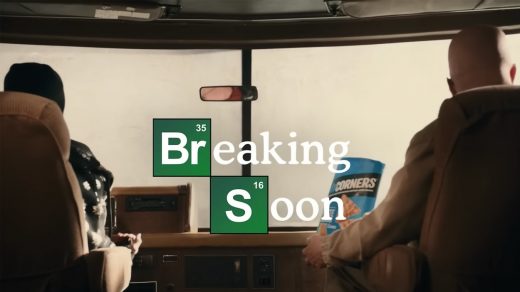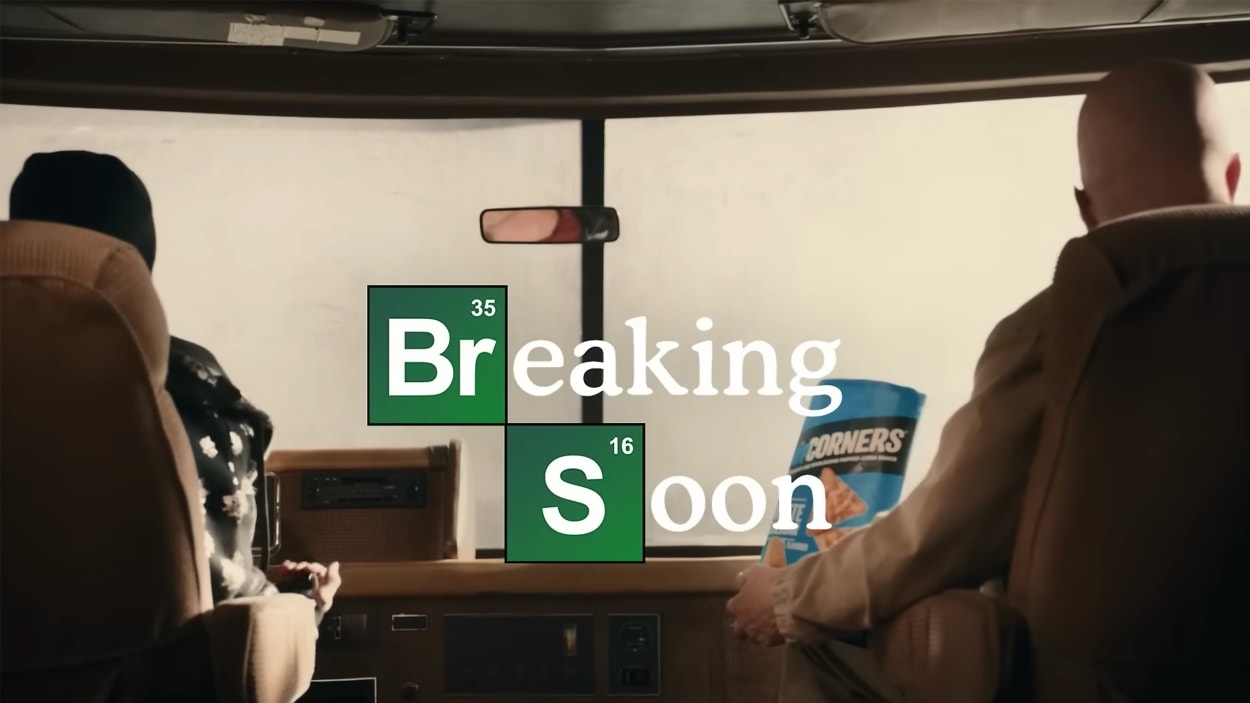How Super Bowl ad teasers manipulate you—in the best possible way
You have no idea what Squarespace’s Super Bowl ad is going to be all about. But you do know it probably involves Adam Driver. To be specific, it probably involves up to 27 different versions of the award-winning actor.
We all know this because the brand released an almost two-minute teaser ad this week, featuring a surreal commercial shoot, populated entirely by Adam Drivers.
Multiversal variants? An elaborate thespian cloning program? Who knows?! That’s the point.
Squarespace chief creative officer David Lee says that he looks at the Super Bowl as an opportunity that isn’t just about a singular, silver bullet 30-second spot during the game. “In some ways, [the Super Bowl spot is] actually just the cherry on top, or marks the climax of more work,” says Lee. “We look at it as an opportunity to tell a narrative over time.”
Despite (or maybe because of) running much longer than a typical 15-second teaser, “Backstage with Adam Driver” had more than 3.2 million YouTube views as of Friday, while its TikTok adaptations had more than 2 million plays each.
Over the past week, the rollout of Super Bowl ad teasers has amped up significantly, as fans get excited for the Chiefs-Eagles matchup and all the hullabaloo surrounding the big game. These teasers are created for the sole purpose of whetting our appetite by tweaking our curiosity.
The teaser has become a cornerstone of Super Bowl advertising, as other brand chiefs mimic Lee’s impulse to extend the hype around this singular moment. This was not always the case: Traditionally, brands would guard their Super Bowl ads like CIA-level secrets, really leaning into the element of surprise for when the spot dropped during the game.
Most industry observers believe that mindset started to change back in 2011, when VW and its agency Deutsch decided to put a 60-second version of its ad “The Force,” starring an adorable Darth Vader, on YouTube a few days before the Super Bowl. It exploded, got an unprecedented amount of buzz, and still won over people’s attention during the game. Thus, the Super Bowl ad became the Super Bowl advertising season.
Since then, brands have adapted and evolved quickly. Wunderman Thompson North America’s chief creative officer Tom Murphy says that Super Bowl ad teasers started out being more of an afterthought, and are now highly strategic. “It’s about being very purposeful in what your goals and strategy are,” says Murphy, whose agency created Hellmann’s big game ad, starring Jon Hamm and Brie Larson. “What do you want to tease? Is it that this famous person is connected to this brand? Or are you actually trying to tease the story from the spot itself? Or are you just teasing that the brand is going to be in the Super Bowl? Then, you need to decide with your client, how much you want to give away.”
Frito-Lay’s Doritos brand, a staple of the Super Bowl advertising smorgasbord, has been dropping teasers, hinting at some sort of collaboration between pop stars Jack Harlow and Missy Elliott. But Frito-Lay is also elevating the lesser-known PopCorners snack brand, which it acquired in 2019 and has become its fastest-growing brand. To do it, they’ve cooked up a batch of TV nostalgia by bringing back one of the most beloved and iconic TV duos ever, Jesse and Walt from Breaking Bad.
Frito-Lay North America’s chief marketing officer Brett O’Brien says that, while there’s still merit in simply dropping the full ad before the game, the value of making a Super Bowl spot goes way beyond what’s being seen on game day. “Do things on TikTok, do things in the metaverse, create things that make it more of an event that carries over much more than one spot,” says O’Brien. “It gets different types of people engaging in different ways, thinking about what you’re going to unveil.”
Avocados From Mexico has been advertising in the Super Bowl for almost a decade, and VP of marketing and innovation Ivonne Kinser says that it’s about more than giving people a glimpse of a specific celebrity or concept. “One thing that we’ve learned is that the brand message still needs to be at the center of the teaser narrative,” says Kinser, whose brand tagline is that Avocados From Mexico “make everything better.”
“We test everything, and one thing we wanted to improve over last year is the understanding of the message,” she says. “So if you get anything out of this year’s teaser, you’ll know that our product makes things better.”
Advertisers know this is the one time every year that the audience is actually looking forward to—or at least not actively annoyed by—the commercials. It’s a brand’s Hollywood moment. They have the release date, they have the big-budget ad. Now, they want to make the trailer that gets the people going.
“The way we analyze TV shows and movies is what this time has become for ads,” says Wieden+Kennedy comms planning director Zack Green, who is working on Michelob Ultra’s Super Bowl campaign. “Even those who don’t like football watch it for the ads and the entertainment factor they provide. It’s like the whole world turns into creative directors.”
Michelob Ultra combined two strategies by teasing out its celebrity-soaked, Caddyshack-themed ads more than two weeks ago, then dropping the full ads this past week.
The role of the teasers, according to Green, is twofold: Get people excited about the cult comedy nostalgia and how people like Brian Cox, Serena Williams, and Tony Romo fit into it, while also reminding people to stock up on beer for the game. “This thing [Caddyshack] is such a trigger in people’s minds,” says Green. “They know the characters. They know the lines. Younger people know the memes. They want to share it with people. It triggers that nostalgia part of their brain. So let’s stoke those flames.”
While there have been a few Super Bowl ad surprises during the game in recent years—most notably Reddit’s “Superb Owl” in 2021, and Coinbase’s QR code last year—the laundry list of barriers to break through, from the crowded ad landscape to bathroom breaks, mean the increasing importance of teasers is here to stay.
According to Anomaly founding partner and global chief creative officer Mike Byrne, the key to doing that is taking a hint from the best movie marketers: Craft a teaser that engages our curiosity and gives us something to talk about—without giving it all away. This week, Anomaly dropped two teasers for its work with Crown Royal, featuring Dave Grohl.
“It’s the carrot in front of the donkey,” says Byrne, who has worked on more than 18 Super Bowl campaigns at Anomaly. “You just have to make it interesting. So much of our industry is about talking at people; and a really good teaser, by contrast, is a discourse. It should make the audience feel like they’re participating in your marketing by giving them fun pieces to fit together on their own. Something to guess at what you’re up to.”
Squarespace’s Lee echoes this sentiment: “We just want to do something that gains attention in this trippy, odd way so people wonder what the actual spot will be like,” he says.
And what about the actual Super Bowl ad? “We’re still working on finishing it.”
(13)



